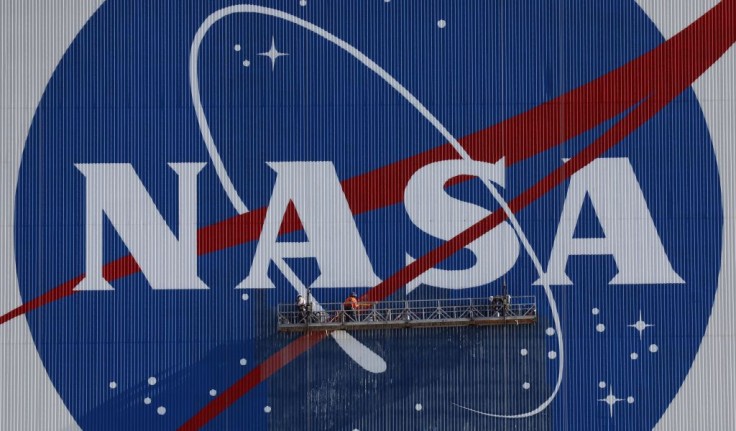
After the historic launch of the NASA Lucy spacecraft on Saturday, the space agency confirmed that it has encountered a glitch on the solar array of the ship. However, it assured people that the other subsystems are working.
For this reason, the team is analyzing spacecraft data to know and understand the current situation.
NASA Lucy Spacecraft Glitch
According to Cnet, Lucy has encountered its first problem 48 hours since it launched. Apparently, one of the solar arrays may not be locked in place correctly. Solar arrays are a set of solar panels which the Lucy spacecraft uses to power its exploration.
In NASA's blog post, the agency wrote that Lucy's two solar power arrays have deployed and both of them are producing power and the battery is also working. Unfortunately, the second array indicates that it is not fully latched as compared to the other array.
In relation to the said unlatched array, NASA is analyzing its spacecraft data to determine the situation, as well as to find the next steps to attain full deployment of the solar array.
NASA associate director for science Thomas Zurbuchen tweeted that he is confident that NASA will fix the array issue quickly. He also promised that the Lucy mission is safe and stable, per Cnet.
"The two solar arrays have deployed, but one may not be fully latched. The team is analyzing data to determine the next steps. This team has overcome many challenges already and I am confident they will prevail here as well," Zurbuchen furthered on his tweet.
Meanwhile, NASA furthered that the Lucy spacecraft will continue to operate without any threat to its health and safety.
Read also: NASA Hubble Images: Space Telescope Celebrates Moon Night With Stunning Galactical Photos
NASA Lucy Mission
In a previous report, it is highlighted that the Lucy mission aims to explore Jupiter's Trojan asteroid. Lucy is said to be the first-ever spacecraft to explore the group of asteroids, in which some theories about the early solar systems might be revealed.
NASA furthered that two asteroids are circling around the Sun: one group circles the Sun before the gas giant Jupiter, while the other group streams at the back of the planet.
Moreover, Trojan asteroids are trapped around a steady orbit, which makes it go around the planets. As per Cnet, there are over 7,000 Trojan asteroids found. The Trojans identified are said to be a group of floating left-over rocks. NASA defined Trojan asteroids as "time capsules from the birth of our solar systems."
Aside from the possible confirmation of solar system theories, NASA's Lucy mission has other goals:
- Lucy will determine crater's compositions through digging to understand the Trojan asteroids' interior properties.
- Lucy will identify mineral properties, soil, and rock compositions of the Trojan asteroids surface color and composition.
- Lucy will check the nature of crustal layering and structures as well as the relative ages of the Trojan asteroids' surface geology.
- Lastly, Lucy will also examine Trojan asteroids' rings and satellite.









